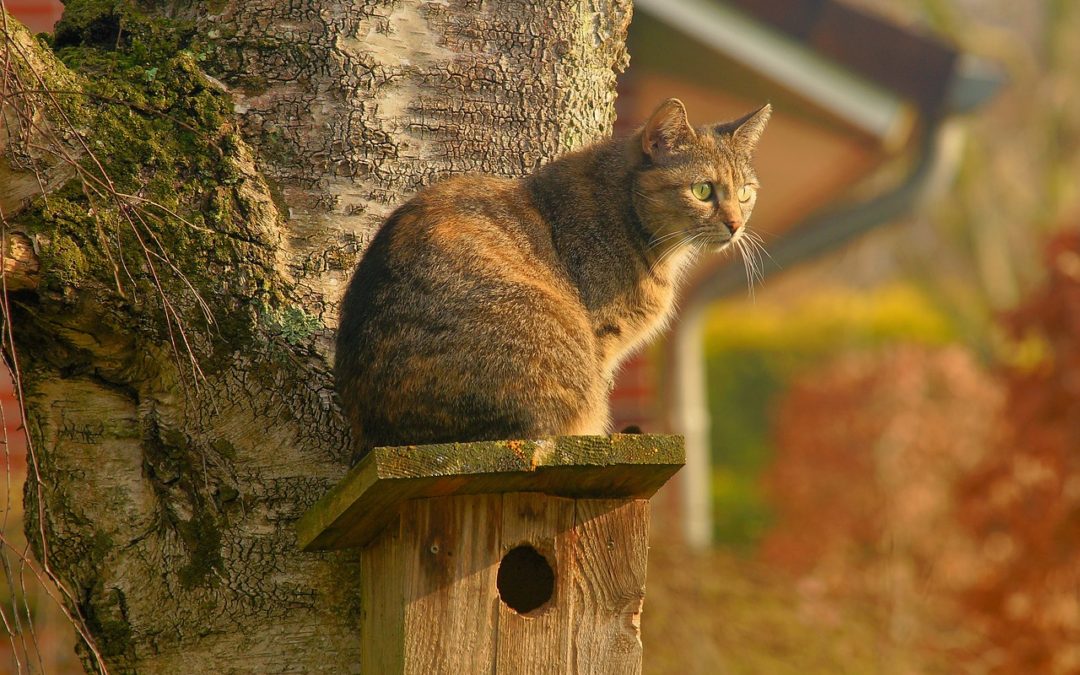Animal adoptions, especially for dogs, increased significantly during the first several months of the pandemic. Many people were overcome with boredom during lockdown and sought the routine that comes with caring for an animal that requires food and exercise. Others were feeling depression or anxiety as a result of being separated from their loved ones and sought to fill that emotional void with a fur-ever friend. For the first time in recent history, adoption rates increased while intake rates decreased. Some shelters found themselves with more foster volunteers than foster animals for the first time ever. Unfortunately, as people go back to working in offices, many have returned their recently adopted pets to the shelters, citing their change in schedule. Another common reason people give upon surrender is housing-related. This means that as people face eviction or seek more affordable housing with the end of the moratorium, many more pets will likely be surrendered back to shelters. Once an animal has been surrendered, it is usually more difficult to be adopted a second time because potential adopters tend to assume there are behavioral issues at play. In 2020, when shelter euthanasia rates hit an all-time low, there were still 347,000 animals killed in shelters (representing a rate of 17%).
There are many more homeless dogs and cats living on the street than in shelters, although the exact number is impossible to determine. This is not only bad for the homeless animals, but also for any wildlife that they might come across. Both dogs and cats have the tendency to interfere negatively with wildlife in their struggle for survival. Usually, this occurs in the form of predation (i.e. hunting or killing for food), competition for resources, disease transmission (especially rabies and distemper), interbreeding with closely related species, and general disturbance to the ecosystem.
Homeless cats that are feral and thus cannot be adopted are often collected by animal welfare organizations to be spayed or neutered and then subsequently released. Although the practice of Trap-Neuter-Release is critically important for long-term population control, it does not solve the more immediate problem of protecting wildlife from feral cats. This is especially true for bird populations. According to the American Bird Conservancy, domestic cats (ranging from owned to completely feral) have already contributed to the extinction of 63 wildlife species, with 40 of those species being birds. Famed author and bird enthusiast Jonathan Franzen once received major backlash after he said in an interview that “we need to get rid of the feral cats, and that means cats must die.” He made this declaration while discussing his novel Freedom in which the main character kidnaps his neighbor’s bird-hunting cat. Franzen has since stated that he is not anti-cat, but that he identifies with his cat-napping character due to his dismay at the fact that cats kill at least a million birds a day.
Although cats have a greater reputation for being skilled hunters, dogs certainly do their fair share of damage to wildlife when not under the care or proper supervision of a human owner. The BBC reported that dogs are a threat to nearly 200 wildlife species, including 30 that are classified as critically endangered. Conservationists in Chile, where many people allow their dogs to roam freely, revealed that 70% of pudu (the world’s smallest deer species, currently classified as vulnerable) brought into rehabilitation centers had been attacked by dogs. When dogs travel in packs, they can also attack animals much larger than pudu. Pictures shared on social media show that dogs in groups of three will attack a polar bear or a snow leopard. In Europe, conservationists fear that homeless dogs are interbreeding with wolves, which will damage the wolf genes and impact the ability of future generations to survive.
Policymakers and conservationists are still working to find a solution to the havoc that feral cats and dogs are wreaking on wildlife. In the meantime, there are plenty of things that you can do to prevent non-feral homeless animals from contributing to the problem. These include volunteering at your local animal shelter, donating, fostering, or adopting. Before you adopt, make sure that you are prepared for the commitment of owning an animal. Understand that if you surrender your pet, it might not be adopted again. Once you have made the decision to adopt a cat or dog, don’t hesitate to get your fur-baby spayed or neutered. This is for health and behavioral reasons as well as population control. And finally, do not allow your pet to roam outside unsupervised. By being a responsible caretaker, you can give a happy life to an animal in need, increase your own happiness, and protect local wildlife from unnecessary conflict. Tackling the issue of animal homelessness will help to promote wellbeing for domestic and wild animals alike.
